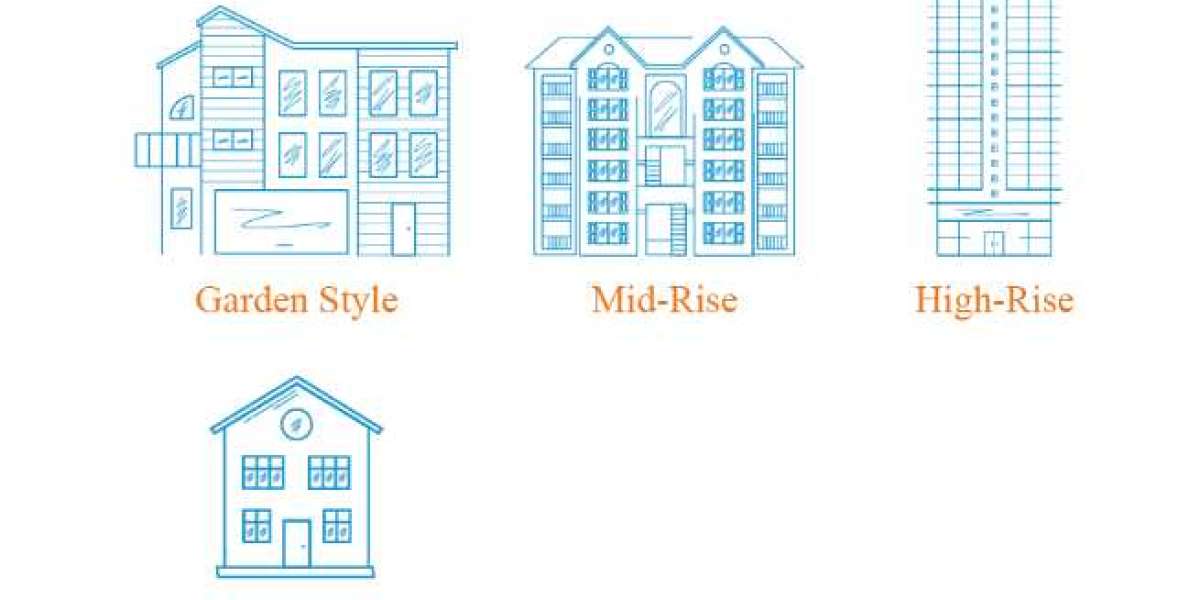Understanding Copper Pinholes in Plumbing
Copper pinholes are small leaks or perforations that can form within copper pipes, often as a result of internal corrosion. While copper has been a favored plumbing material for decades due to its durability and resistance to bacterial growth, it’s not entirely impervious to wear. Over time, various factors can cause copper pipes to corrode, leading to the formation of tiny leaks that can result in significant water damage, higher utility bills, and costly repairs if left untreated.
Causes of Copper Pinhole Leaks
Several factors contribute to the formation of copper pinholes, and understanding them can help homeowners make informed decisions about maintenance and replacement:
Water Quality and Chemical Additives: The composition of the water running through pipes is one of the leading causes of corrosion in copper piping. Hard water, rich in minerals like calcium and magnesium, can be abrasive to copper, accelerating the formation of corrosion spots. Additionally, many municipal water systems add chlorine or other disinfecting agents, which can have a corrosive effect on copper over time.
Aging Infrastructure: Homes with older copper plumbing systems are at a greater risk of developing pinhole leaks as the pipes naturally degrade. The age of the plumbing often corresponds with increased vulnerability to wear and tear, especially in homes built before the 1990s when copper was predominantly used for both residential and commercial plumbing systems.
Environmental Conditions: The installation environment can also contribute to copper pipe corrosion. For example, pipes exposed to acidic soil or moisture-prone areas may corrode faster than those in more stable environments. Changes in temperature can cause pipes to expand and contract, stressing the pipe walls and exacerbating corrosion.
Risks of Ignoring Copper Pinholes
Copper pinholes, while small, can have extensive repercussions if left unresolved:
Water Damage: Even small pinhole leaks can cause significant damage, especially if they are hidden behind walls or under flooring. Over time, continuous water seepage can weaken structural components, warp wood, and create an environment conducive to mold and mildew growth.
Increased Utility Costs: Small leaks add up over time, leading to water wastage that can result in higher water bills. Although each leak may seem minimal, the cumulative effect can be costly if multiple pinholes develop within a plumbing system.
Reduced Water Pressure: Leaks often lead to a noticeable drop in water pressure, as water escapes through these tiny perforations rather than flowing directly to the faucets, showers, and appliances where it is needed.
Health Concerns from Mold Growth: Prolonged moisture from undetected pinhole leaks can lead to mold and mildew, which can be hazardous to indoor air quality and lead to respiratory issues.
Identifying Copper Pinhole Leaks
Detecting pinhole leaks early is key to minimizing the damage. Here are common signs of a potential issue:
Water Stains: Discoloration on walls, floors, or ceilings near pipes can indicate a leak. Water stains are often the first visible sign of hidden leaks within walls.
Mold or Mildew: An unusual presence of mold or mildew in areas where water should not be accumulating may signal a leak. Mold thrives in moist environments, and even a small pinhole leak can provide enough moisture to support its growth.
Discolored Water: Water with a blue-green tint is often an indicator of copper corrosion, as it suggests that copper particles are dissolving into the water. This can be a direct result of corrosion within the pipes.
Unexplained Water Bill Increases: A gradual increase in water bills, with no changes in water usage habits, can also indicate an ongoing leak in the system.
Copper Repiping: A Long-Term Solution
AMA Repiping specializes in repiping solutions designed to address and prevent the recurrence of copper pinhole leaks. Their copper repiping process involves replacing aging copper pipes with newer, more resilient materials like PEX or CPVC. Here’s how the repiping process works and the benefits it provides:
1. Initial Inspection and Assessment
AMA Repiping begins by assessing the extent of the leaks and determining the best materials for replacement. A thorough inspection ensures that the repiping process addresses all potential weak points, preventing future leaks.
2. Planning and Preparation
Repiping a home requires careful planning to minimize disruptions. AMA Repiping works with homeowners to create a timeline that accommodates the family’s needs and minimizes the impact on daily routines. They also ensure that the installation environment is kept as clean as possible, reducing dust and debris during the process.
3. Professional Installation
The repiping process involves carefully removing the old copper pipes and installing the new PEX or CPVC pipes. PEX is often chosen for its flexibility and resistance to corrosion, while CPVC is highly durable and resistant to chemical damage. Both materials provide long-lasting protection against leaks and are safe for drinking water.
4. Testing and Quality Assurance
After installation, the new piping system undergoes rigorous testing to ensure that it is leak-free and functioning as expected. AMA Repiping prioritizes quality control, offering a satisfaction guarantee and a warranty on their work to give homeowners peace of mind.
Benefits of Switching from Copper to PEX or CPVC
Repiping with modern materials offers several advantages over traditional copper piping:
Corrosion Resistance: Unlike copper, PEX and CPVC do not corrode, which virtually eliminates the risk of pinhole leaks. They are also resistant to scale buildup and can withstand a wide range of temperatures.
Improved Water Quality: Newer materials do not react with the water running through them, so there is less risk of discoloration or metallic taste in the water.
Cost Savings in the Long Run: Although repiping is an investment, it prevents recurring leak-related repair costs and can reduce monthly water bills by eliminating unnecessary water loss.
Increased Home Value: Homes with updated plumbing systems are often more appealing to buyers. A reliable water supply system without leaks or corrosion issues can enhance a property’s marketability and potentially increase its resale value.
Why Choose AMA Repiping for Copper Pinhole Leak Solutions?
AMA Repiping is an expert in handling repiping projects, with services designed to meet the needs of homeowners dealing with copper pinhole leaks:
Free Estimates and Consultation: AMA Repiping offers free estimates, allowing homeowners to understand the scope and cost of the project upfront.
25-Year Warranty and Satisfaction Guarantee: Their work is backed by a 25-year warranty, ensuring homeowners receive high-quality service and long-lasting results.
Experience with Residential Repiping: AMA Repiping’s team has extensive experience working in occupied homes, minimizing disruptions to everyday life during the repiping process.








